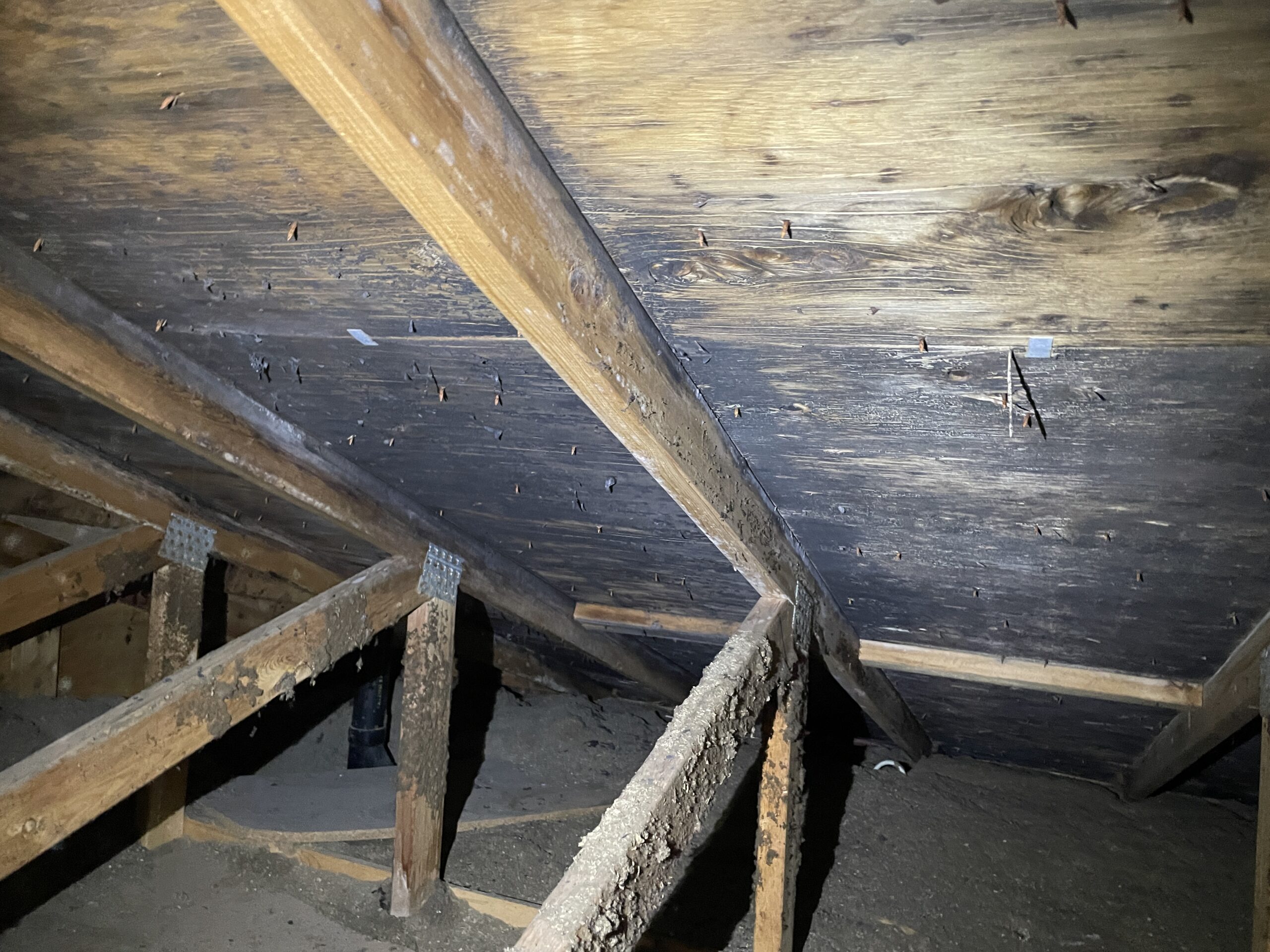As a home inspector, I frequently encounter one of the most persistent and potentially harmful issues homeowners face: mould. Whether it’s hidden behind walls or visible on surfaces, mould growth can lead to serious health problems and structural damage if not addressed promptly. Understanding how mold begins to grow and knowing when to call a professional for treatment are essential steps in maintaining a healthy and safe home. In this blog post, I’ll explain the conditions that lead to mould growth and guide you on who to contact for effective mould remediation.
Mould is a common household issue that can pose significant health risks and damage your property if not addressed promptly. Understanding how mould starts to grow and knowing who to call for treatment is crucial for maintaining a healthy home environment.

How Mould Starts to Grow
Mould spores are everywhere in our environment, both indoors and outdoors. These microscopic spores can enter your home through windows, doors, HVAC systems, or even attach themselves to clothing and pets. Consequently, mould growth begins when these spores land on damp or wet surfaces and start to proliferate. Here are the key conditions that foster mould growth:
- Moisture:
- Mould thrives in damp environments. Leaky roofs, windows, pipes, or areas with poor ventilation (like bathrooms and basements) provide ideal conditions for mould to grow. Water damage from flooding or high humidity levels can also contribute to mould problems.
- Organic Material:
- Mould feeds on organic materials such as wood, drywall, carpeting, and fabrics. Any organic surface that remains damp for an extended period can become a breeding ground for mould.
- Temperature:
- Mould typically grows in temperatures between 77°F and 86°F (25°C to 30°C), although some species can thrive in both colder and warmer conditions.
- Time:
- Mould can start to grow within 24 to 48 hours after a surface gets wet. This rapid growth underscores the importance of addressing moisture problems quickly.

Signs of Mould Growth
Detecting mould early can prevent extensive damage and health issues. Therefore, look out for these common signs:
- Visible Mould:
- Mould can appear as black, green, or white spots on walls, ceilings, and other surfaces.
- Musty Odor:
- A persistent musty smell is often an indicator of hidden mould growth.
- Health Symptoms:
- Exposure to mould can cause respiratory issues, allergies, headaches, and skin irritation. If you notice an increase in these symptoms, mould could be the culprit.
Who to Call for Mould Treatment
If you suspect mould growth in your home, it’s essential to address the issue promptly. Here’s who you should call for treatment:
- Mould Inspection and Testing:
- A professional mould inspector can assess the extent of the mould problem and identify the type of mould present. This is crucial for determining the appropriate treatment.
- Mould Remediation Specialists:
- Mould remediation professionals are trained to safely remove mould and prevent it from returning. They use specialized equipment and techniques to clean and sanitize affected areas, repair any water damage, and address the source of moisture to prevent future mould growth.
- Environmental Consultants:
- For large-scale or complicated mould issues, an environmental consultant can provide expert advice on remediation strategies and help ensure that your home is safe for occupancy.
- General Contractors:
- If the mould has caused structural damage, you may need to hire a general contractor to repair or replace damaged materials.
Preventing Mould Growth
Once the mould is treated, taking preventive measures can help keep your home mould-free:
- Control Humidity:
- Keep indoor humidity levels below 60%, ideally between 30% and 50%. Use dehumidifiers in damp areas and ensure proper ventilation in bathrooms, kitchens, and laundry rooms.
- Fix Leaks Promptly:
- Repair any leaks in roofs, windows, or pipes immediately to prevent water accumulation.
- Proper Ventilation:
- Ensure that your home is well-ventilated. Use exhaust fans in bathrooms and kitchens, and consider installing ventilation systems in areas prone to dampness.
- Regular Maintenance:
- Regularly inspect your home for signs of water damage and mould. Clean and dry any damp areas promptly.
Conclusion
Understanding how mould starts to grow and knowing who to call for treatment is essential for maintaining a healthy and safe home environment. By addressing moisture problems quickly and seeking professional help when needed, you can effectively manage and prevent mould growth in your home. Remember, early detection and prompt action are key to keeping your home mould-free and protecting the health of your family.
If your buying or selling a home in the North Okanagan or Shuswap, give the pros at Argos Home Inspection a call. Come find out why we are quickly becoming the highest rated home inspection company and why our clients love what we do! Check out www.argoshome.ca or give us a call at 250-937-7754.


Leave a Reply